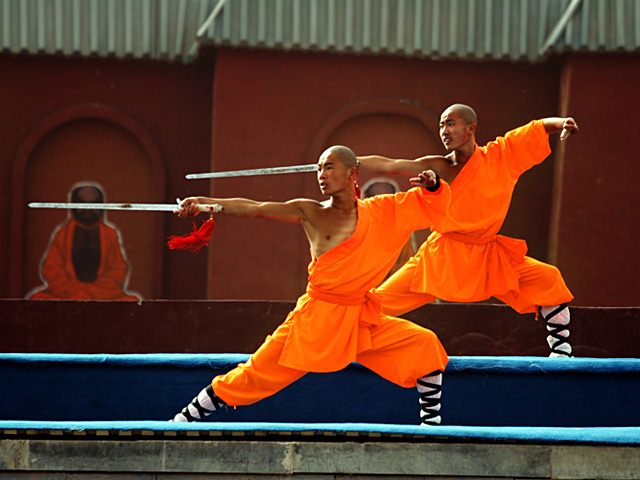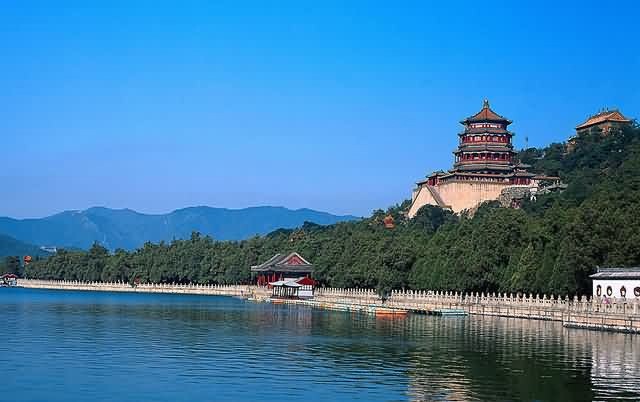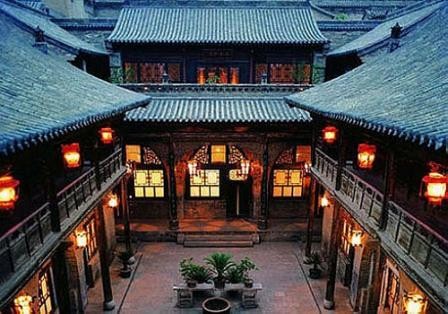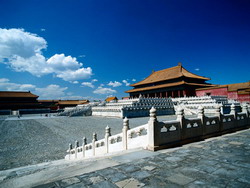 Spending the day exploring every passageway in the Forbidden City then Climing to the top of the Coal Hill for a panorama view of the Forbidden City and downtown Beijing is really a Memorable Experience.
Spending the day exploring every passageway in the Forbidden City then Climing to the top of the Coal Hill for a panorama view of the Forbidden City and downtown Beijing is really a Memorable Experience.
The abode of 24 Ming and Qing emperors of the Celestial Empire, the Forbidden City is fittingly awe-inspiring sight. Enclosed behind its moat and 9.9m-high walls are 980 buildings, vast courtyards and long corridors that occupy a total area of 720,000m2 .
The Forbidden City is had as many as 1,000,000 workers and 100,000 artisans participated in the construction of this imperial palace, which began in 1406 and was completed in 1420 during the reigh of Ming dynasty emperor Yongle.
Destroyed by fires and other calamities, many of the buildings were rebuilt and expanded during the Qing dynasty. The last emperor, Puyi, left the Forbidden City in 1924, 11 years the Republic of China. After Puyi's departure, the Forbidden City, which had long been off-limits to most mortals ,was opened to the public, hence its current Chinese name, Gugong Bowuguan, meaning"The Palace Museum".
Besides its massive scal and historical sighficance, the Forbidden City strikers the imagination by its design. Its clear lines, perfect proportions, and dramatic color scheme of vermilion walls, white marble terraces and staircases and brilliant yellow tiled roofs-create one of the world's most beautiful rchitectural compleses.
Must see
The Meridian Gate, the main entry point for the Forbidden City is the Meridian Gate which is ten-minute walk due to north from Tian'anmen Spuare, don't confuse Meridian Gate with the Gate of Heavenly Peace, above which hangs Mao's portrait. The "son of Heaven," as the emperor was called, would come to the Meridian Gate to review armies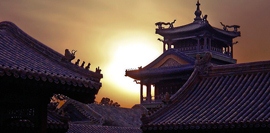 and announce the new calendar.
and announce the new calendar.
The Hall of Supreme Harmony: Emerging from the Meridian Gate is a courtyard bisected by a canal ih the shape of a bow that's spanned by five marble bridges. On the far side of the canal is the Gate of Supreme Harmony, which opens up to a second gigantic courtyard that held audiences of 100,000. On the north end of that courtyard is the first of three great ceremonial halls, the Hall of Supreme Harmony. This is where the Emperor read important edicts, celebrated his birthday and appointed military leaders.
The Hall of Middle Harmony, which is the second ceremonial hall, was used by the emperor and his ministers as a staging area to prepare for official ceremonies. Behind it is the Hall of Preserving Harmony, where Qing dynasty New Year's Eve banquets were held.
The inner Palace: Due north the Hall of Preserving Harmony is the Inner Palace, a series of elegant buildings and courtyards where the emperor lived with his family and concubines. In addition to a throne room and nuptial chamber, teh buildings include libraries, temples and a theater. At the northern end of the compound is the delightful Imerial Garden with gnarled cypresses, scholars' rocks and pavilions.
Information offered by Palace Museum



